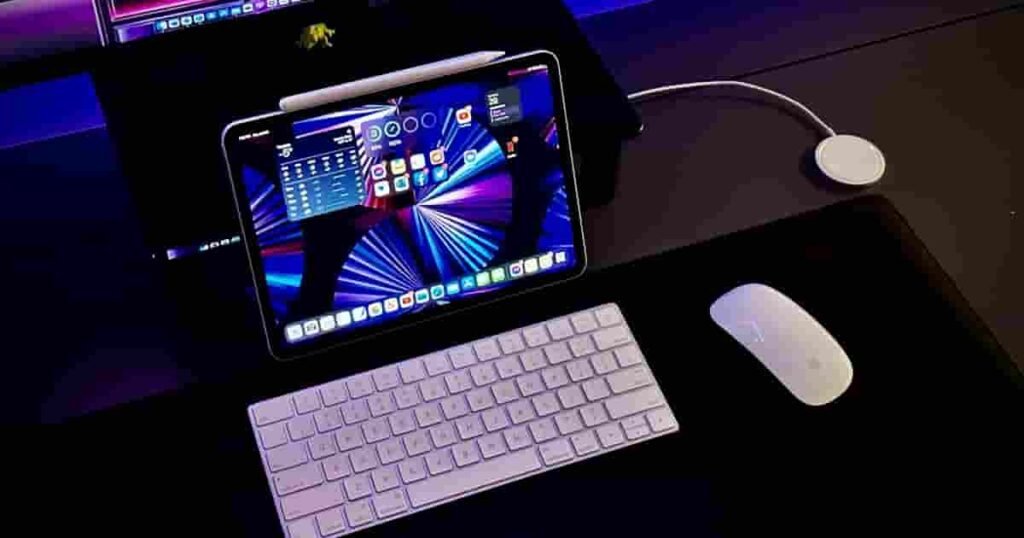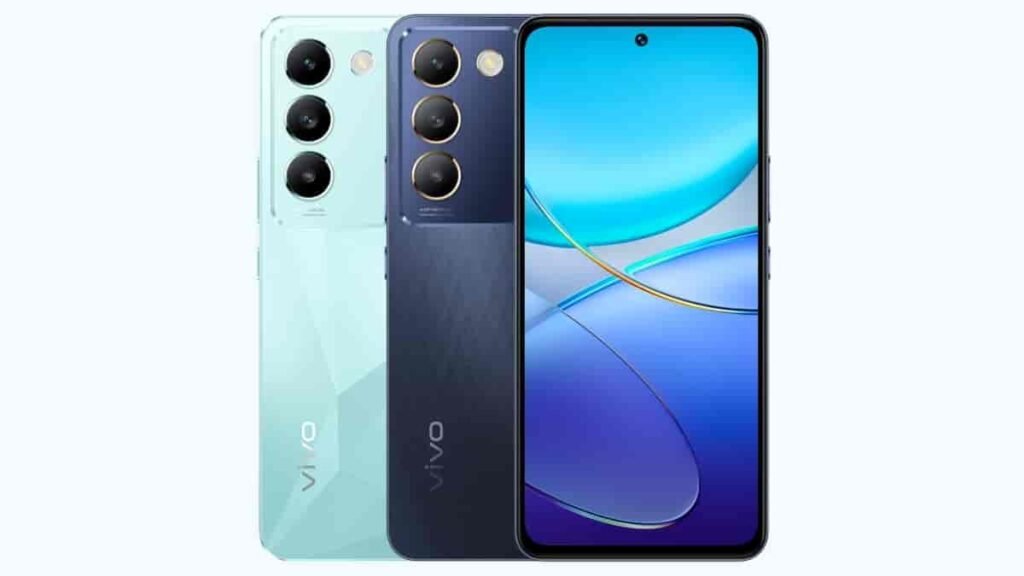Top Laptops Under 50k (₹50,000 INR) — A Comprehensive Buyer’s Guide
Finding a great laptop under ₹50,000 can be challenging but highly rewarding. In this price bracket you can get solid performance for everyday use, light-to-moderate multitasking, productivity, streaming, and even some light content creation or gaming. This guide walks you through what to look for, recommends specific models available in this segment (as of mid-2025 market trends), and gives tips to choose the best laptop for your needs.
Why ₹50,000 Is a Sweet Spot
- Balanced performance and features: You get a decent CPU, enough RAM, and an SSD in many models — a big leap over budget machines.
- Good build and display options: Plenty of laptops offer full HD displays and metal or mixed builds.
- Future-proofing: Upgradability options like extra RAM slots or M.2 NVMe slots are often available.
- Versatility: Suitable for students, professionals, content consumers, and casual gamers.
Who This Guide Is For
- Students and professionals who need reliable daily performance and portability.
- Creators doing light photo/video editing and content production.
- Casual gamers who play esports titles and older AAA games at modest settings.
- Buyers who want a well-rounded machine without spending a premium.
What to Prioritize (Key Specs & Why)
- Processor (CPU):
- Aim for at least an Intel Core i3 (12th gen or later) or Core i5 (10th gen or later) / AMD Ryzen 5 (3000 series or later).
- Modern Intel Core i5/Ryzen 5 will give noticeably better multitasking and single-core performance.
- Memory (RAM):
- Minimum 8 GB; 16 GB is ideal if you do heavy multitasking, editing, or browser-heavy workflows.
- Check if RAM is upgradable.
- Storage:
- NVMe SSD (256 GB or 512 GB) — preferable over HDD for boot times and responsiveness.
- Look for an additional M.2 slot or 2.5-inch bay for future expansion.
- Display:
- Full HD (1920×1080) IPS or equivalent for better viewing angles and colors.
- 14–15.6 inch is common; 14-inch for portability, 15.6-inch for a larger workspace.
- Graphics (GPU):
- Integrated GPUs (Intel Iris Xe or AMD Vega) are fine for everyday tasks and light gaming.
- Dedicated entry-level GPUs (NVIDIA MX series or GTX 1650 in rare offers) provide better gaming and creative performance.
- Battery Life:
- Aim for 6–8+ hours of real-world usage. Manufacturers’ claims may be optimistic.
- Build & Keyboard:
- Comfortable keyboard and sturdy chassis matter for daily use.
- Connectivity:
- USB-C with charging/data, HDMI, Wi‑Fi 6 (if available), and at least one USB-A port.
- Warranty & After-sales service:
- Consider brands with good local support and extended warranty options.
Recommended Laptops Under ₹50,000 (Category-wise)
Note: Prices and availability change often. Below are representative choices based on typical offerings and strong value in this price bracket. Always check current deals and exact configurations before purchase.
1) Best Overall Value
- Typical configuration: Intel Core i5 (11th/12th gen) / AMD Ryzen 5, 8–16 GB RAM, 512 GB NVMe SSD, Full HD IPS.
- Why choose it: Balanced CPU performance, sufficient storage, and good display make it a versatile daily driver.
- Use-case: Students, office workers, general productivity.
Example models to look for:
- Dell Inspiron 14/15 (i5/Ryzen variants)
- HP Pavilion 14/15 (i5/Ryzen variants)
- Lenovo IdeaPad Slim series (Ryzen 5 or Intel i5)
2) Best for Portability
- Typical configuration: 14-inch Full HD, lightweight chassis, Intel i3/i5 or Ryzen 5, 8 GB RAM, 256–512 GB SSD.
- Why choose it: Lighter and compact for commuters and students.
- Use-case: Travel, frequent commuting, lecture halls.
Example models:
- ASUS VivoBook 14 / 15 (Lightweight trims)
- Lenovo ThinkBook 14 (entry trims)
- Acer Swift 3 (older models sometimes fall in this range during sales)
3) Best for Students (Budget + Performance)
- Typical configuration: Ryzen 5 / Intel i5, 8 GB RAM (upgradeable), 512 GB SSD.
- Why choose it: Good performance for study software, reasonable battery life, and robust keyboards.
- Use-case: Note-taking, programming, research, light multimedia.
Popular picks:
- HP 15s / 14s (Ryzen 5 options)
- Lenovo IdeaPad 3 / 5 series (Ryzen 5000 / 6000 series in some bargains)
4) Best for Light Content Creation
- Typical configuration: Ryzen 5 / Intel i5 with 16 GB RAM (or upgradeable), 512 GB NVMe, good IPS panel.
- Why choose it: More RAM and SSD capacity speed up photo editing and moderate video timelines.
- Use-case: Photo editing (Lightroom), 1080p video editing (Premiere with small projects).
Look for:
- Acer Aspire 5 (i5/Ryzen 5 configurations)
- ASUS TUF / VivoBook with higher RAM configs during sales
5) Best for Casual Gaming
- Typical configuration: Ryzen 5 / i5 + integrated Intel Iris Xe or dedicated MX450/MX570 in some models, 8–16 GB RAM, 512 GB SSD.
- Why choose it: Play esports titles (CS:GO, DOTA2, Valorant) at decent frame rates; older AAA games at low settings.
- Use-case: Gamers who want portability and productivity in one machine.
Models to consider:
- ASUS TUF older entry trims (sometimes available near ₹50k on sale)
- Lenovo Legion Slim 1 (entry-level deals)
- Laptops with NVIDIA MX450 / GTX 1650 if you find a sale-priced unit
How to Compare Models Side-by-Side
- Create a shortlist of 3–5 models with similar CPU classes.
- Check these details:
- Actual RAM and whether it’s soldered or user-upgradeable
- Storage type (NVMe vs SATA) and expansion slots
- Display quality (IPS vs TN, brightness spec if available)
- Weight and battery capacity (Wh)
- Ports (USB-C PD, HDMI, Ethernet if needed)
- Check user reviews for thermals, fan noise, and keyboard quality.
- Look for student or festival sales, cashback, and bank offers for best pricing.
Tips to Stretch Your Budget
- Buy during major sales (Amazon Prime Day, Flipkart Big Billion Days, festive sales) — often laptops that are usually above ₹50k drop into this range.
- Consider slightly older CPU generations — 11th/12th gen Intel or Ryzen 4000/5000 series still deliver strong real-world performance.
- Prioritize an SSD and at least 8 GB RAM over a slightly better CPU with a slow HDD.
- Choose a model with upgradeable RAM or extra M.2 slot — upgrading later to 16 GB is often cheaper than buying a 16 GB model upfront.
- Check seller-returnable policies and warranties.
Real-World Use Cases & Suggested Specs
- Student / Basic Office Work:
- Minimum: Ryzen 3 / Intel i3, 8 GB RAM, 256 GB SSD, FHD display.
- Ideal: Ryzen 5 / Intel i5, 8–16 GB RAM, 512 GB SSD.
- Programming / Software Development:
- Minimum: Ryzen 5 / Intel i5, 8 GB RAM (16 GB preferable), 512 GB NVMe.
- Features: Comfortable keyboard, 14–15.6” screen.
- Light Photo & Video Editing:
- Minimum: Ryzen 5 / Intel i5, 16 GB RAM, 512 GB SSD, IPS panel.
- GPU: Integrated Iris Xe or Vega OK for light tasks.
- Casual Gaming:
- Minimum: Ryzen 5 + Iris Xe / MX series GPU, 8–16 GB RAM, 512 GB SSD.
- Expectation: 60+ FPS in esports titles at medium settings.
Frequently Asked Questions
- Q: Is 8 GB RAM enough?
- A: For basic multitasking and office use, yes. For heavy browser tabs, virtual machines, photo/video editing, or gaming, 16 GB is preferable.
- Q: Should I prioritize CPU or GPU?
- A: For general productivity, prioritize CPU and RAM. For gaming and creative GPU-accelerated tasks, a better GPU helps.
- Q: Is integrated graphics (Iris Xe / Vega) usable?
- A: Yes — modern integrated GPUs handle daily tasks, HD video, and many esports titles well. They’re not as powerful as discrete GPUs for demanding AAA gaming or heavy GPU rendering.
- Q: Are refurbished or open-box laptops worth considering?
- A: They can offer good value but buy from reputed sellers with warranty and return options.
Quick Shopping Checklist (Before You Buy)
- Processor generation and model number
- 8 GB minimum RAM; upgrade path to 16 GB
- NVMe SSD (256 GB min; 512 GB ideal)
- Full HD IPS display
- Weight < 1.8 kg if portability is important
- Battery life realistically 6+ hours
- At least one USB-C port; HDMI if you need external displays
- Warranty & service center presence in your city
Final Thoughts
A laptop under ₹50,000 can be an excellent, well-balanced machine for most users. The keys to a satisfying purchase are: prioritize a modern CPU, NVMe SSD, at least 8 GB of RAM (with upgradeability), and a good Full HD display. Shop during sales, compare configurations carefully, and prefer models with upgrade paths so you can extend the laptop’s useful life.
Also Read,

